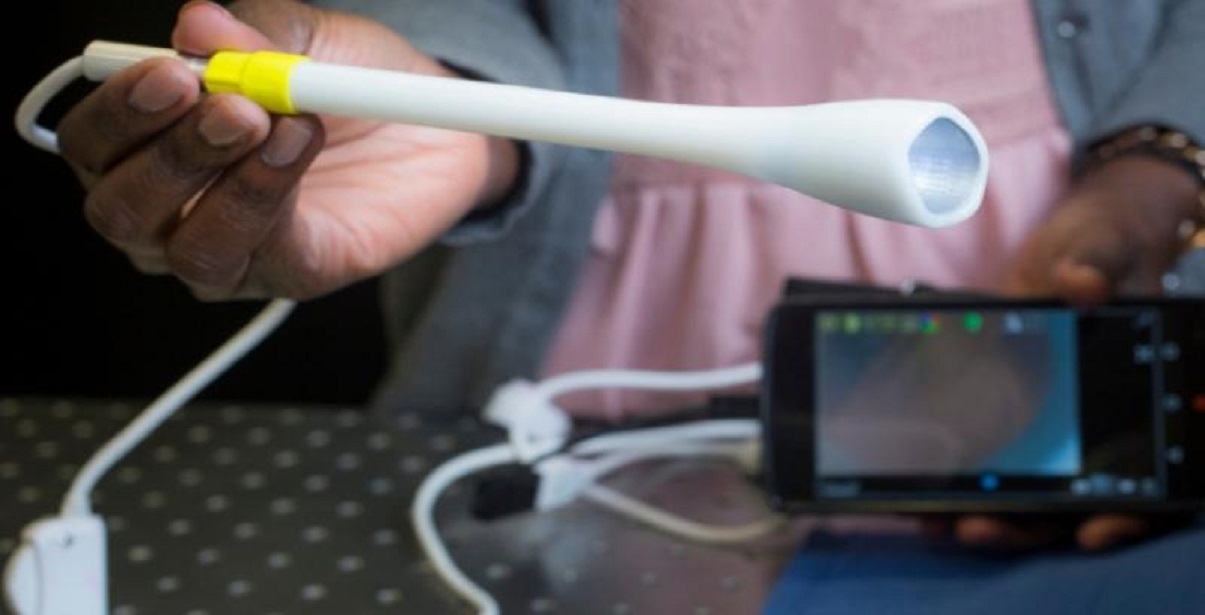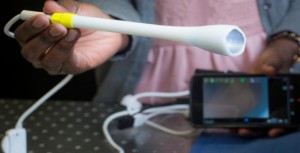
 Houston: An Indian-American professor and his team have developed a new, inexpensive handheld device that will soon check for cervical cancer without using a painful speculum. Nimmi Ramanujam and her team of researchers at Duke University in North Carolina say that the “pocket colposcope”, which can be connected to a laptop or a mobile phone, could even lead women to auto-screen.
Houston: An Indian-American professor and his team have developed a new, inexpensive handheld device that will soon check for cervical cancer without using a painful speculum. Nimmi Ramanujam and her team of researchers at Duke University in North Carolina say that the “pocket colposcope”, which can be connected to a laptop or a mobile phone, could even lead women to auto-screen.
Ramanujam has developed the “all-in-one device” that resembles a pocket buffer. His team asked 15 volunteers to test the new integrated design and more than 80 percent said they were able to get a good image.
According to Ms. Ramanujam, “The cervical cancer mortality rate must be absolutely zero because we have all the tools to see and treat it, but it is not, partly because women do not receive tests or do not do it. In a test Positive for colposcopy to be performed at a referral clinic.
“We have to bring colposcopy to women so we can reduce this complicated series of actions at a single point of contact.” Ramanujam said that current standard practices for cervical cancer screening require a speculum (a metal device designed to separate the vaginal walls apart), a colposcope (an extended telescoping device and a camera designed to allow medical professionals to view Cervical) Highly trained professional to administer the test.
The device, developed with funds from the National Institutes of Health, has a colposcope design that resembles a pocket buffer with lights and a camera at one end. It also includes an inserter through which the colposcope can be inserted to release the entire speculum from the procedure. “We have requested additional funds from the NIH to continue these efforts,” Ramanujam said, noting that the team is working on regulatory approval for the device, which they expect to receive by the end of 2017.
Cervical cancer is the fourth most common cancer in women, with more than 500,000 new cases occurring annually around the world. In the United States, doctors diagnose more than 10,000 cases each year. While more than 4,000 American women die of the disease each year, the death rate has declined by more than 50 percent in the past four decades, largely due to the advent of well-organized screening and diagnosis programs.




